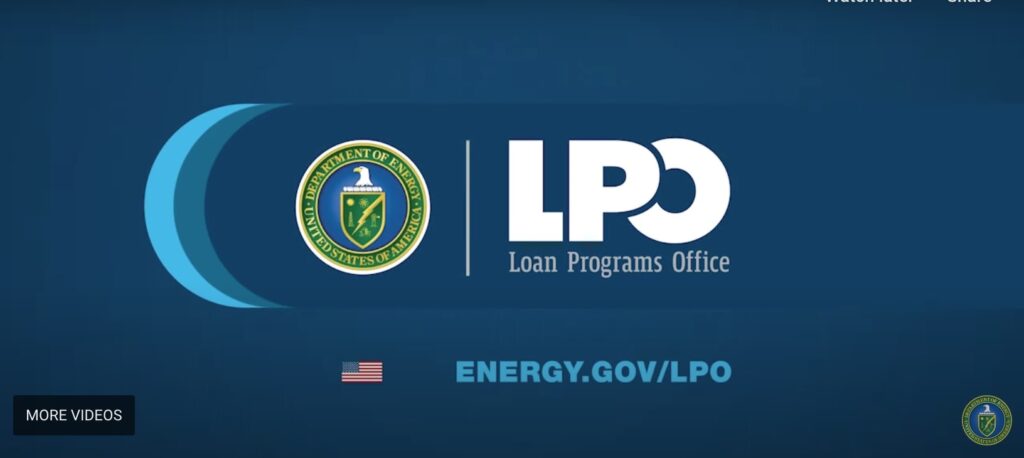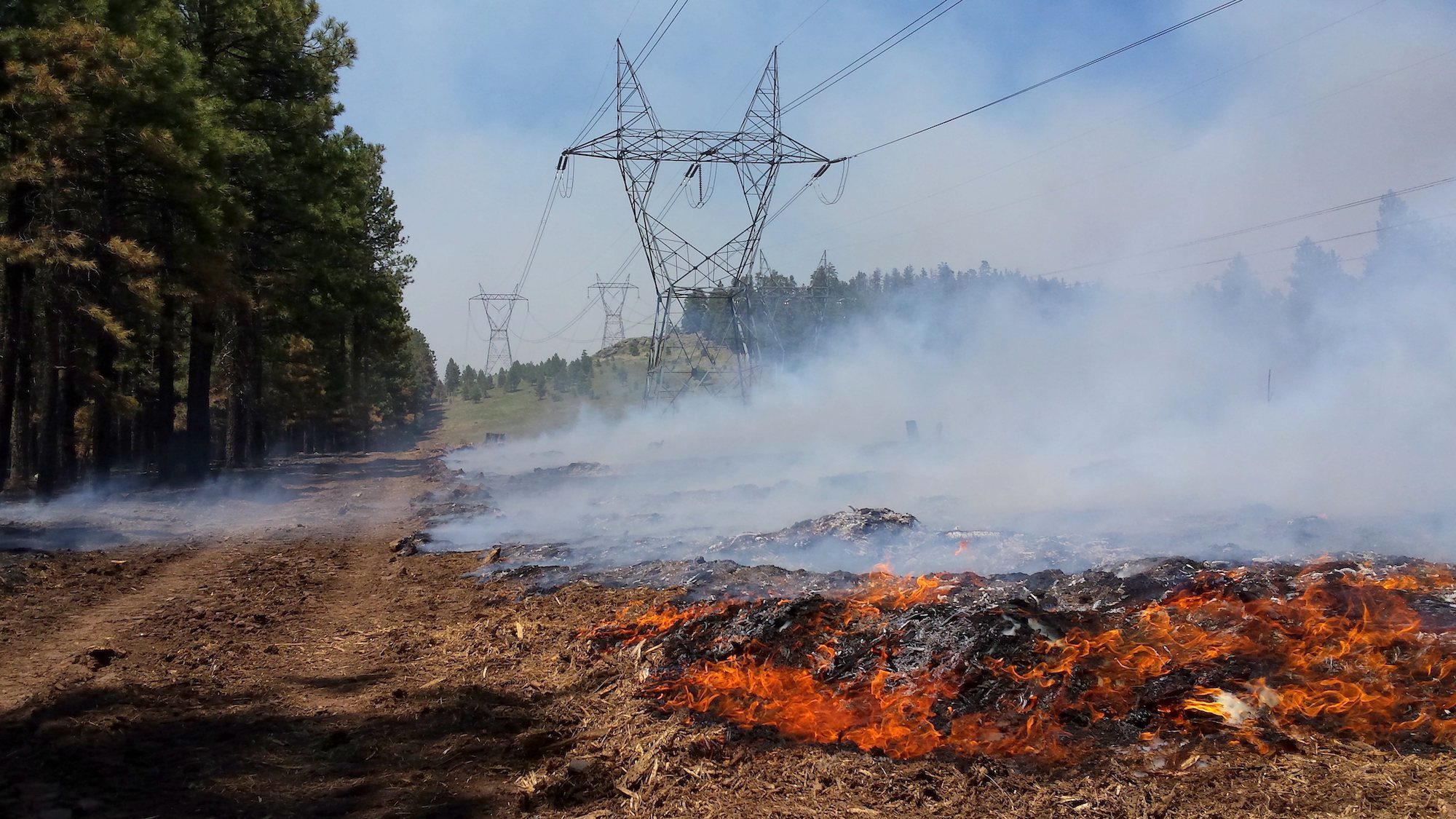The current U.S. administration has been very active in introducing programs to advance grid modernization – so much so that it can be challenging to keep them all straight. That’s one reason we invited Whitney Muse, Senior Advisor for the Office of Clean Energy Innovation and Implementation at the White House, to kick off Season 5 of Grid Forward Chats podcasts. She has a conversation with Grid Forward executive director and CEO Bryce Yonker about the federal toolkit of resources that have been put in place. This includes billions of dollars from grants, tax credits, loans and financing for infrastructure expansion, resilience, and the clean energy transition. In addition to this, incentives are available for domestic, clean manufacturing of grid components, and there are special efforts to focus on workforce development and energy justice.
The following comments have been edited for brevity. For her full explanations, please listen to Season 5, Episode 1 of Grid Forward Chats.

Bryce: Let’s start on grants. A lot of our community, as you had mentioned, is trying to leverage the unique opportunity for the grants that are available to catalyze commercial, larger scale deployments. What aspects are in motion on the grant space right now? Where are these at? Where do these go in the next few months and few years?
Whitney: I’ll start with my former office at the U.S. DOE, the Grid Deployment Office. The infrastructure bill and the Inflation Reduction Act gave that office over $26 billion of funding. The crown jewel of that, I’d say, is the $10.5 billion Grid Resilience and Innovation Partnership program, better known as GRIP. There were first round GRIP awards last October, putting out $3.5 billion to 58 projects over 44 states.

DOE quickly followed that with opening round two. No rest for the weary when it comes to GRIP! So $3.9 billion in funding for round two opened in November of 2023, with concept papers due earlier this year. And I believe the concept paper notifications went out at the end of February. So all of those that submitted a concept paper are now reviewing and revising their materials to submit full applications in April and May.
GRIP funding for grid resilience can offer investments in new transmission, increasing capacity on transmission, existing transmission lines with grid enhancing technology deployment. It offers funding through the Smart Grid grants to look at deployment of monitoring and control technologies, thinking about improved communication on the grid, and then investments in grid resilience and grid hardening.
That grid resilience, grid hardening piece also has a state and tribal formula grant component. The third round of funding for the fiscal year 2024 funding opened in January with $562 million for all states, territories, and federally recognized tribes, as well as the Alaska Native corporations and villages. That funding makes investments in grid resilience and grid hardening within their jurisdictions, where they see the greatest need that can provide significant community benefit. We hope that there are synergies and ties between the competitive funding coming through GRIP and what the states, territories and tribes do through this formula funding.
Continuing the landscape of grant funding, I’d say the big other pot of grant funding that [supports] advanced grid capabilities is over at the US Department of Agriculture. They have a $9.7 billion New ERA program, which is principally helping the rural electric co-ops to transition to cleaner generation, would include upgrades to their transmission system. The New ERA program did a first round of solicitations, or I should say, it’s only round of solicitations last fall, and there should be notices out in terms of letters of intent to proceed within the coming weeks.
Bryce: Let’s talk a little bit about the tax incentives, the 10-year tax incentive extension for various clean energy development. The U.S. Treasury issued guidance, and the elective direct pay aspects are trickling their way out into the community. Maybe you can talk about how this is going, where this is going, and the sort of impact that you are anticipating.
Whitney: You hit the big point in your framing, the ten years of certainty for the investment and production tax credits is a huge opportunity through the Inflation Reduction Act. Previously, we’d get a year or two of stop and starts. “Will Congress extend it or not?” The IRA provides significant certainty, which is very helpful for investments.
On the grid front, there are a few very limited tax credits that are directly for the transmission or distribution grid upgrades. The IRA offers significant investments in clean generation and opportunities to get upwards of a 30% tax credit for clean generation, whether that’s solar, wind, geothermal… Utilities, the muni’s and co-ops are balancing how they are looking to invest in their system and go through this clean [energy] transition, the tax credits are helping to bring down the cost of the generation, recognizing there will still be transmission and distribution grid upgrades needed.
You also mentioned direct pay, which is a wonderful feature of the IRA as well, giving access to these tax credits to those that don’t traditionally have tax credit liability. Those are nonprofits, cities, and states, and so opening it up for governments as well.

Bryce: Turning to financing, there’s quite a few resources at LPO [U.S. DOE Loans Program Office] to provide loans, [explain] the extent that they’re going to be impacting the grid, or other financing tools that maybe go beyond the tax incentives for these opportunities.
Whitney: The two big loan and financing programs I’d mentioned are [first] the Transmission Facilitation Program at the DOE Grid Deployment Office. TFP is a $2.5 billion revolving fund. It can offer capacity contracts, it can offer loans, and it can offer public private partnerships. It made its first round of selections providing funding or offering capacity contracts to Southline [Transmission Project], Twin States Clean Energy Link in the northeast, and Cross-Tie [Transmission Project] … In early February, DOE opened the second round of capacity contract financing for TFP, with applications due mid-March. And at the end of February, it opened a round of public private partnership funding for Alaska, Hawaii and the territories seeking to connect microgrids to transmission. So lots of activity in the financing space through the work at the Grid Deployment Office.
Over in the Loans Programs Office, I want to highlight one of their big IRA programs, the Energy Infrastructure Reinvestment Program, that’s financing for projects that retool, repower or repurpose existing energy infrastructure, including generation. But there also is a big focus coming out of LPO for advanced re-conducting and opportunities to get more out of the existing grid, which is something that this EIR program can fund.
In the podcast, Whitney also highlights some of the flagship work at the national labs, efforts supporting increased energy demand from electrification, and the role of AI on the grid. Don’t miss this wide-ranging conversation of the federal support in motion to assist in modernizing the grid.
Listen to Grid Forward Chats Season 5 episode 1, Discussion with the White House: The Federal Toolkit to Advance the Grid.



